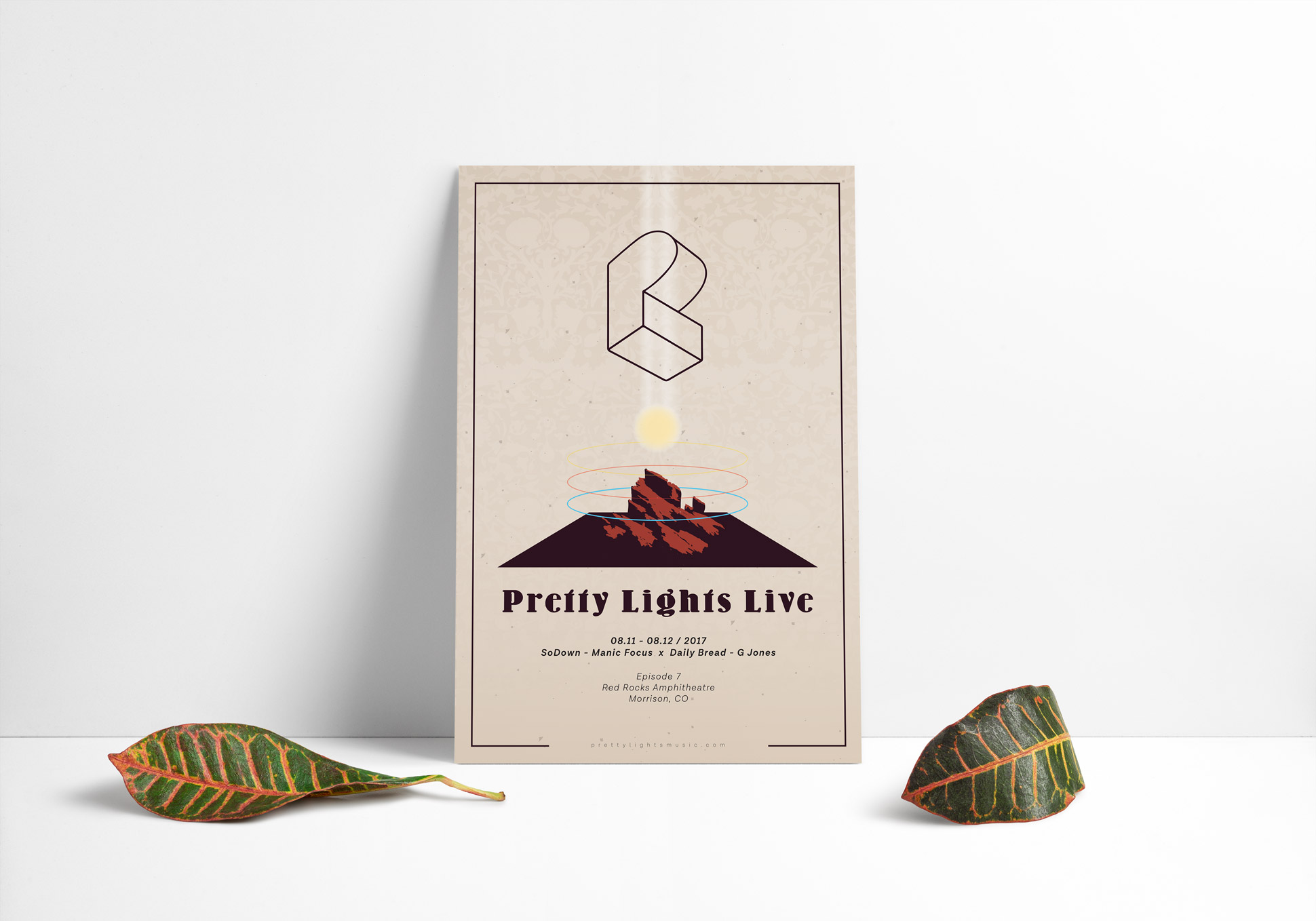We recently connected with Steven Osika and have shared our conversation below.
Steven, looking forward to hearing all of your stories today. Have you been able to earn a full-time living from your creative work? If so, can you walk us through your journey and how you made it happen? Was it like that from day one? If not, what were some of the major steps and milestones and do you think you could have sped up the process somehow knowing what you know now?
Fortunately, I do make a full-time living from my creative work. It was in high school that I knew I wanted to pursue something in the arts. At first, my goal was to be a fine artist, either drawing or painting — but as time passed, that quickly evolved into photography and design. I took a classic approach to reaching my goal, enrolling in as many art classes and going to college to study. I surrounded myself with people who shared the same interests and who inspired me to keep creating things even if those works of art never saw the light of day. There was a lot of time spent experimenting and figuring things out, i.e., programs on the computer or how to work a camera well. There were also a lot of failed projects and/or ideas, but I always strived to put out my best work and make connections wherever possible. This all allowed me to hone my craft and build the professional and personal skills necessary to take on creative projects and do them well. Toward the end of my college studies, I landed my first internship, unpaid, I might say. Leaving a paying job and working for free was a tough pill for me to swallow, but it was my first step forward in building a sustainable creative career. I worked there for three months and eventually landed myself a paying job as a Junior Designer at a design agency. I started slowly climbing the ladder and got to a point where I was able to start my own business, working with select clients that allow me to create great things for them. Looking back, I don’t think there would have been a way for me to speed up the process because there were pivotal points in each of my steps that led me to where I am today.


Great, appreciate you sharing that with us. Before we ask you to share more of your insights, can you take a moment to introduce yourself and how you got to where you are today to our readers.
If you talk to any of the people I am close to, they’ll tell you that I am a perfectionist and naturally creative. I’ve always had a knack for the visual arts, as it’s something that comes fairly easily to me. Those qualities are what drove me to the creative industry. Right now, my main focus is design and photography sprinkled with animation, but I am comfortable working in a wide variety of creative mediums. I have experience working across various channels, including web, social, pre-press and print, paid media, packaging, and internal brand development. In terms of what problems I solve for my clients, I take the ideas they have, visualize them, and bring them to life in a way that is effective for them and their business. I can also take on different kinds of projects that would normally be delegated to more than one person. I love to collaborate, and I also love putting my head down and getting the work done. I work well independently but also enjoy being on a team of like-minded individuals.


How about pivoting – can you share the story of a time you’ve had to pivot?
During the time I was in college, I was heavily focused on photography — more so than graphic design. Although I was studying both, I felt in my heart that photography was going to be my main avenue. I had been doing landscape photography and partnering with brands through social media to help promote their products. I was also shooting a lot of music festivals and traveling around quite a bit. It was an exciting time for me because I felt I had found my calling and was destined to make it work. As time passed, I found myself spending a lot of money and not getting much back in return. Sure, I was creating great work and enjoying myself, but I was noticing that I was spreading myself too thin. There was a point where I felt that the type of work I was doing wasn’t going to be sustainable long-term, especially if I wanted to get married and start a family. That was the point in my career where I began to pivot and focus more on design. I’m glad that both still exist within my workflow today, and I’ve learned that they ended up complimenting each other very well.


What’s the most rewarding aspect of being a creative in your experience?
Even though I work almost every day, it doesn’t feel like work. I enjoy what I do and am very fortunate to be where I am today. There’s a sense of freedom in working as a creative and it’s gratifying to see your work come together and make an impact for a client.
Contact Info:
- Website: https://stevenosika.co
- Instagram: https://www.instagram.com/stevenosika/
- Linkedin: https://www.linkedin.com/in/steven-osika




